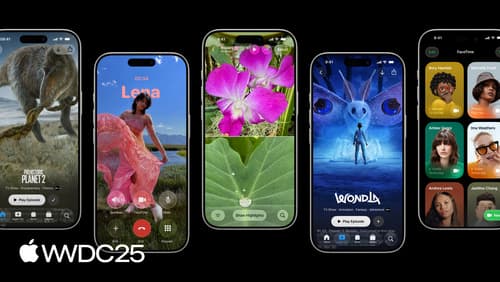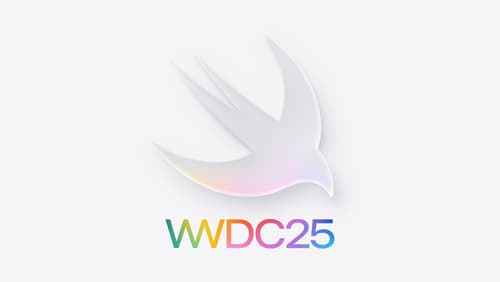how to use liquid glass in swiftui
Asked on 2025-06-11
1 search
To use Liquid Glass in SwiftUI, you can follow the guidance provided in the session "Build a SwiftUI app with the new design" from WWDC 2025. Here's a brief overview of how you can implement Liquid Glass in your SwiftUI app:
-
Gloss Effect Modifier: To add a Liquid Glass effect to your custom views, you can use the gloss effect modifier. This will apply a gloss effect within a capsule shape by default.
-
Glass Effect ID Modifier: For more complex interactions, such as expanding and contracting elements, you can use the Glass Effect ID modifier. This involves declaring a local namespace and associating it with each of the gloss effect elements.
-
Custom Elements: You can create custom Liquid Glass elements, such as badges or buttons, that float above your content. This is particularly useful for highlighting important controls or features in your app.
For a detailed walkthrough, you can refer to the Build a SwiftUI app with the new design (17:57) session, which covers the Liquid Glass effects in SwiftUI.

Build a SwiftUI app with the new design
Explore the ways Liquid Glass transforms the look and feel of your app. Discover how this stunning new material enhances toolbars, controls, and app structures across platforms, providing delightful interactions and seamlessly integrating your app with the system. Learn how to adopt new APIs that can help you make the most of Liquid Glass.

Build a UIKit app with the new design
Update your UIKit app to take full advantage of the new design system. We’ll dive into key changes to tab views, split views, bars, presentations, search, and controls, and show you how to use Liquid Glass in your custom UI. To get the most out of this video, we recommend first watching “Get to know the new design system” for general design guidance.

Platforms State of the Union
Discover the newest advancements on Apple platforms.
